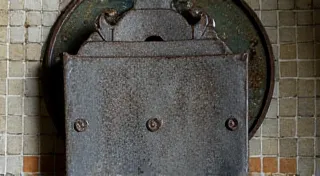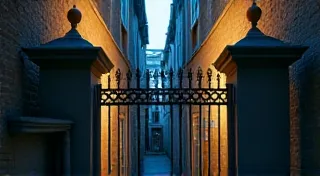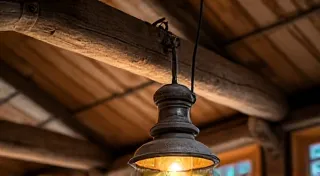Ephemeral Chronicles: Postcards as Fragments of Personal Narrative
There’s a quiet magic to holding an antique postcard in your hand. More than just a piece of cardboard depicting a long-ago cityscape, it’s a portal. A tangible link to a moment, a person, and a perspective utterly lost to the relentless march of time. While the panoramic views of bustling streets and iconic landmarks captivate us – the very heart of collecting antique city postcards – it's the handwritten messages, often faded and charmingly imperfect, that truly elevate these relics to something profound. They aren't just souvenirs; they are ephemeral chronicles, whispering stories of lives lived and connections forged.
Consider this: postcard collecting, especially focusing on city views, is more than just accumulating pretty pictures. It’s an act of historical archaeology, unearthing small, personal narratives from the bedrock of the past. Each card, carefully saved and passed down, is a fragment of someone else's story, a whisper across the decades. The very act of condensing an experience and a message onto a small canvas speaks volumes about the limitations and possibilities of communication at the time.
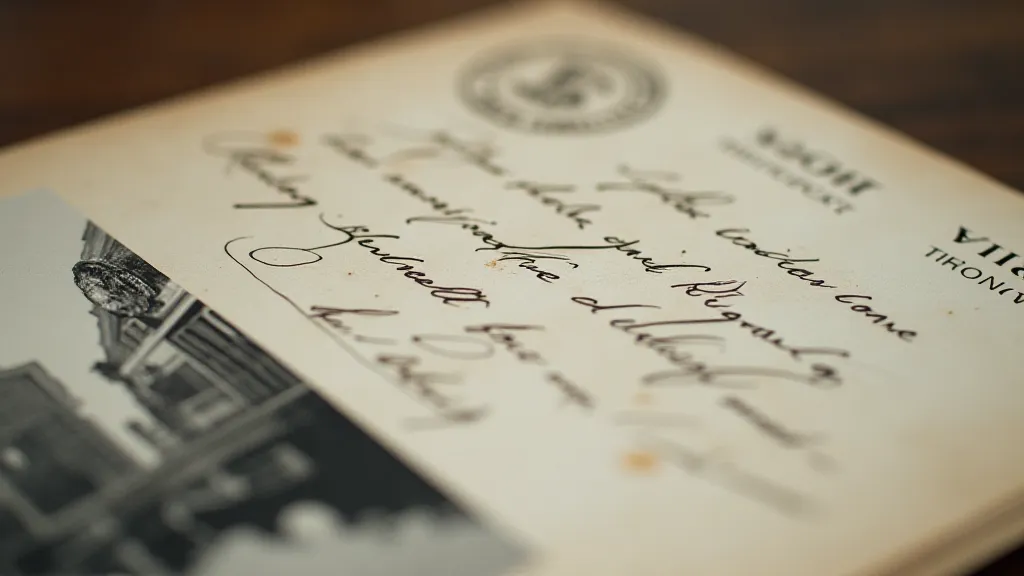
The Golden Age of Postcards & the Rise of "Picture Postals"
The late 19th and early 20th centuries witnessed a veritable boom in postcard production. The introduction of the "picture postal" – a postcard with an image on one side and space for a message on the other – revolutionized communication. It began in Austria and quickly spread. Suddenly, sharing news and sentiments across distances became remarkably affordable and convenient. The "Penny Post" in Britain, and similar initiatives elsewhere, made them accessible to a wider population. This era, often referred to as the "Golden Age of Postcards," saw the proliferation of countless images of cities, towns, and villages, capturing a fleeting moment in their history. Photography, still in its nascent stages, gave way to various printing techniques – lithography, halftone, and photo-engraving – each contributing a unique aesthetic to the finished product. The choices made in representing these urban landscapes, the angle chosen, the buildings emphasized, all contribute to a specific viewpoint, a carefully constructed image intended to be shared and consumed widely. Analyzing how cities were visually portrayed on postcards is fascinating - something you could explore further in an article focusing on the cultural analysis of scale in postcard representation.
Think about the context. Before email, before even the readily available telephone, the postcard was a primary means of staying in touch. Families separated by work or migration relied on these small canvases to maintain a sense of connection. Business travelers used them to report back on their trips. Lovers used them to profess their affections. These weren't throwaway items; they were treasured mementos, often kept and re-read years later. Understanding this context adds an incredible depth to the collecting experience. The democratization of urban views through these postcards allowed people to experience places they might never have visited, shaping their perceptions of different cities and cultures. It’s remarkable how a single image, combined with a brief message, could exert such influence.
Deciphering the Voices of the Past
The real joy – and the true historical value – often lies within the handwritten message. These aren't carefully crafted prose; they are snippets of everyday conversation – "Dear Aunt Millie, the weather here is lovely! Wish you were here," or "Having a wonderful time in Chicago! See you soon." They reveal details about relationships, occupations, and the pace of life that no history book can fully convey. Analyzing the handwriting itself can offer clues about the writer’s personality – the confident sweep of a business owner’s signature versus the tentative script of a shy young woman.
The language used is also revealing. Slang, idioms, and grammatical structures change over time. A postcard from 1910 might contain phrases that seem archaic or puzzling to a modern reader. Deciphering this linguistic evolution is a fascinating intellectual exercise and enriches the historical understanding of the card. Consider the visual design as well - the typography used to frame the message, the layout, and the overall aesthetic all contribute to the historical context. A detailed look at deciphering antique postcard typography and layout can provide even greater insights.
Sometimes, the messages are poignant. A brief note from a soldier to his sweetheart, penned from the trenches of World War I. A worried inquiry from a mother to her son, traveling abroad. These fragments of human emotion resonate across the decades, reminding us of the shared vulnerabilities and aspirations that bind us together. These cards aren't just about places; they's about people, connection, and shared human experience.
Craftsmanship and the Art of the Postcard
Beyond the image and the message, appreciating the craftsmanship of these antique postcards is essential. Early postcards were often printed on thick, high-quality cardstock – a testament to their perceived value. The printing techniques themselves were often quite sophisticated, given the technology of the time. Lithography, in particular, allowed for incredibly detailed and vibrant images. Notice the fine lines, the subtle shading, the careful registration of colors.
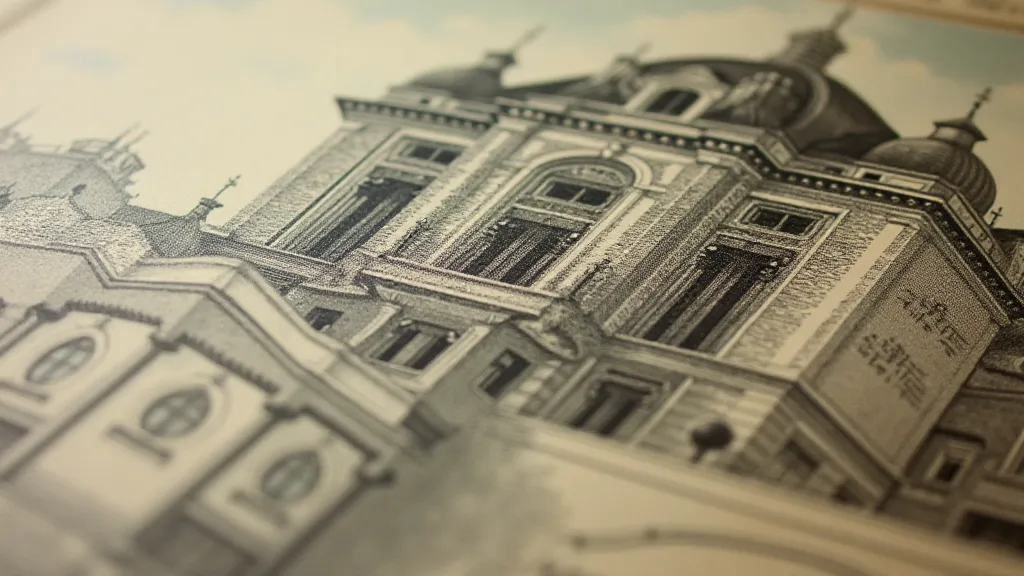
The design elements are also worthy of admiration. Many early postcards featured ornate borders, decorative lettering, and patriotic symbols. These design choices weren't merely aesthetic; they were often intended to convey a sense of national pride and civic identity. Collectors often specialize in specific printing companies or artists, recognizing the distinctive style and quality of their work. The way images were carefully chosen and presented fundamentally shaped how people perceived and understood urban environments. Understanding this visual representation also shows how the democratization of urban views occurred via postcards.
Identifying Rarity and Value
The value of antique city postcards is determined by a number of factors, including age, condition, rarity, and subject matter. Cards depicting famous landmarks or historical events are generally more valuable than those showing everyday scenes. Cards from smaller towns or regions are often rarer and more sought after. Condition plays a crucial role – cards in pristine condition, with bright colors and clean surfaces, command higher prices.
Rarity guides and online forums dedicated to postcard collecting can be valuable resources for identifying and assessing the value of your cards. Knowing the printing company, the artist, and the printing method can significantly impact a card's worth. However, the true value, arguably, extends beyond monetary gain. It lies in the stories they tell, the connections they reveal, and the tangible link they provide to a world that has vanished. Examining the series of postcards from a specific location or era offers a more complete picture of a city's evolution. The study of patterns in postcard series collections can be particularly illuminating.
Preservation and Responsible Collecting
As collectors, we have a responsibility to preserve these fragile pieces of history. Proper storage is essential – keeping cards in acid-free sleeves and albums will protect them from damage. Handling them with care is equally important – avoid excessive touching and exposure to direct sunlight. The ethical considerations of postcard collecting should also be taken into account. Avoid purchasing cards that have been illegally obtained or that have been damaged in a way that diminishes their historical significance. Respect the provenance of your cards – learn as much as you can about their history and share that knowledge with others.
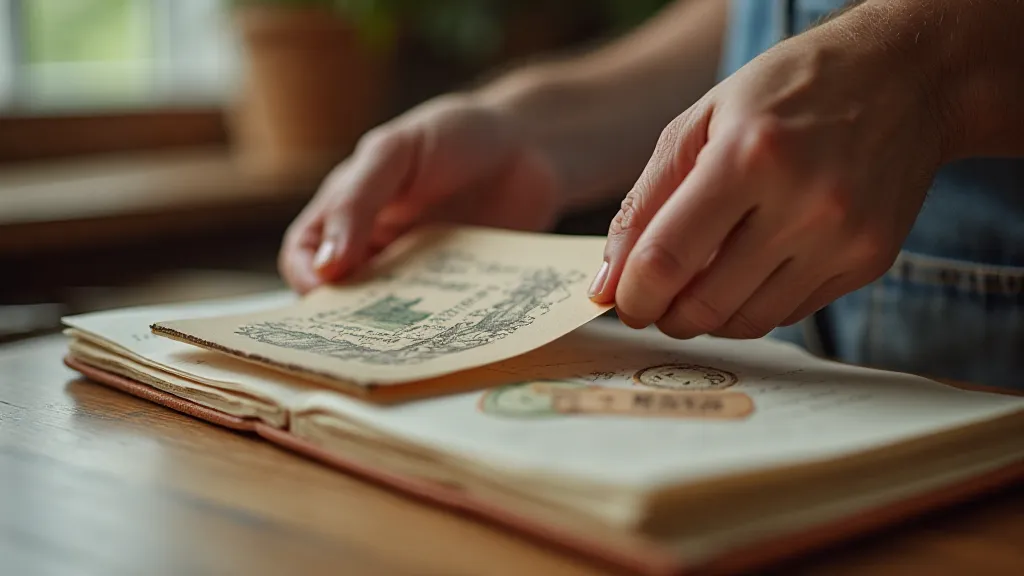
Antique city postcards are more than just collectibles; they are windows into the past, voices from a bygone era. They offer a glimpse into not only the physical landscape of cities, but also the social and cultural norms of the time. The images selected, the messages conveyed, and even the design choices made all reflect the values and priorities of the society that produced them. They are tangible reminders of how much has changed – and how much has remained the same. Collecting them is an exercise in historical empathy, a chance to connect with people who lived and loved and worked in a world that is now lost to us. Studying the evolution of these cards also offers invaluable insights into the history of printing and design itself. The very act of collecting, of carefully cataloging and preserving these fragile relics, is a testament to the enduring power of human connection and the desire to preserve the stories of the past for generations to come. The broader context of postcard collecting extends beyond mere appreciation of aesthetics; it involves engaging with a rich tapestry of history, art, and human experience. They offer a poignant reminder of our shared humanity and a powerful incentive to protect the fragile beauty of our world. Considering the way a city was presented on postcards reveals a great deal about the perspectives of those who crafted the images, showcasing how representations of urban life have shifted over time, reflecting changing social values and technological advancements.
